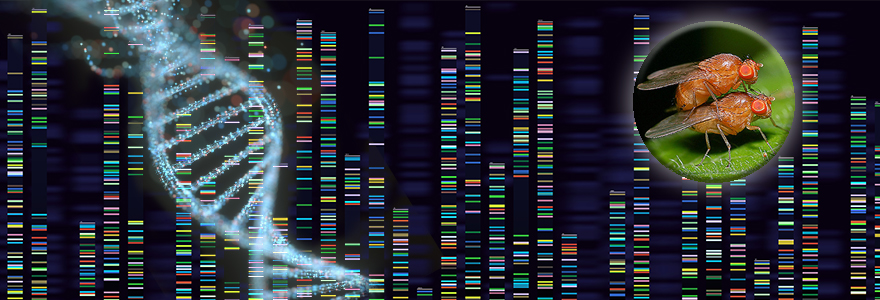Choosing a mate comes down to your genes and theirs!

Imagine you’re at a sparkling party full of people your age – what is it that governs who you’re attracted to? What is it that draws your eyes to the person standing at the bar and not the parakeet squawking in the corner? A behavioural genetics lab in the Faculty of Science at Western University is discovering how genetics forms the foundation for human behaviour. We often think of behaviour as being regulated by factors like consciousness, social norms, and other influences in our surroundings – and it is; but beneath it all, our behaviours find their roots in our genes. While perhaps not the most obvious culprit, the genes of an organism, whether it be a fruit fly or a human, are what establish the neural connections of the brain and its resulting patterns of behaviour. These behaviours include communication, response to stress, and mate selection – the foundational aspects of what a species is and how it functions.
Amanda Moehring and her research group in the Department of Biology, are studying the genetic background and the resulting development of brain cells that affect how female fruit flies select a potential mate, and how they decide that a male fly of another species is not a suitable candidate. The group has identified a single fruit fly gene, out of many, responsible for female mate selection. “What we have found is that this gene not only modulates how a female selects or rejects a mate from her own species, but also from another species,” says Moehring. The Moehring group found that replacing part of this gene with that of another species causes female fruit flies to reject males of their own species in favour of males from that other species.
When considering what makes two species different from one another, central to the discussion is reproductive isolation – the behaviours and physical factors which prevent cross-species mating. The Moehring group’s findings show that the behaviours of mate selection which govern species isolation can be modified at the genetic level to produce entirely unexpected results. “Very little is currently known about how genetic variation leads to fundamental changes in behaviour,” says Moehring; “do these genes change the number of neurons? Do they affect the connections between brain cells?” The fruit fly model developed by the Moehring group tells us what to look for, and where, in more complex systems like in the human brain and genes.
The very genes the Moehring lab has identified as causing significant changes in sexual behaviour are also key players in what determines if an offspring will be male or female. They are present in both sexes but play different roles and can generate entirely different products. “Most of the products of this gene are complete black boxes to us – the model we’ve created is a first step in understanding the role they play in sexual behaviour and development,” says Moehring. In developing this fruit fly model, the Moehring group hopes to clarify the roles these gene products play and figure out how similar genes could be involved in the infinitely more complex human behavioural system.

